Apple WWDC 2024: From Apple Vision Pro headset to iOS 18, MacBook Air and more
This year's Worldwide Developers Conference (WWDC) lived up to expectations, as Apple unveiled its highly anticipated mixed reality headset during the keynote. The reveal confirmed numerous rumors that had been circulating in recent months.
Although the focus was on Apple's Vision Pro headset, the company also made several other notable announcements concerning hardware and software. Here's a roundup of the major news from the event.
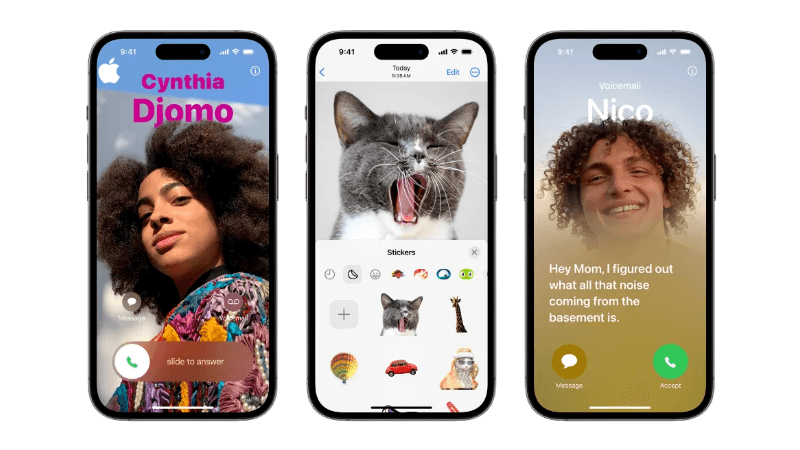
Part 1. Apple Vision Pro Headset
The highlight of this release is the cutting-edge Vision Pro headset, a versatile high-tech device priced at $3499, designed to cater to multiple genres.
Powered by VisionOS, an advanced spatial computing platform, Apple's Vision Pro headset is set to revolutionize the industry. With its groundbreaking operating system, VisionOS, developed from the ground up, Apple aims to pioneer spatial computing and enable seamless management of a multi-application 3D engine.
Moreover, developers will have the opportunity to create and optimize applications for VisionOS, much like they would for iOS or macOS.
What is Apple Vision Pro Headset?
Apple's long-awaited unveiling of the Vision Pro headset has arrived. This remarkable device opens up a world of virtual reality (VR) and augmented reality (AR) experiences, seamlessly merging the realms of reality and the digital landscape, not only for the wearer but also for those in their vicinity.
The device introduces a captivating primary interface, overlaying apps onto the real world for the wearer. Simultaneously, an innovative external display feature, known as EyeSight, allows onlookers to catch a glimpse of the wearer's eyes through the device, further blurring the boundaries between the physical and virtual realms.
1.2 What support is provided for the Vision Pro headset?
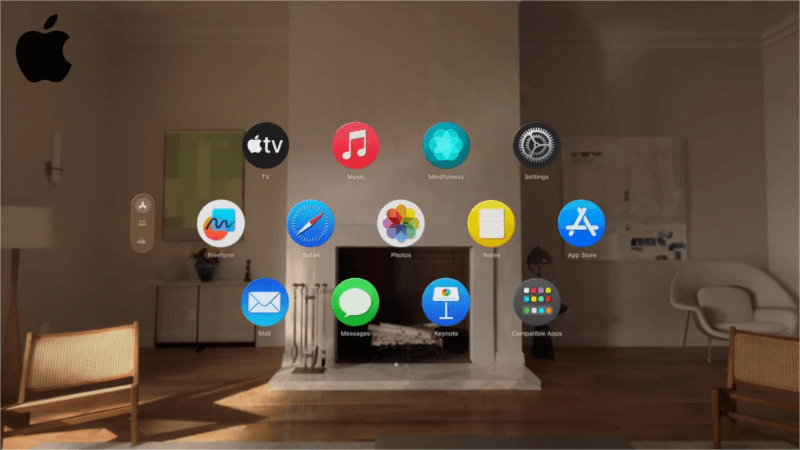
1. Collaboration with Unity
VisionOS will offer extensive compatibility with a wide variety of iPad and iPhone apps, thanks to its collaboration with Unity. Upon its initial release, a significant number of apps will be compatible with VisionOS, providing users with a diverse range of options. Furthermore, VisionOS will also support Microsoft's Office Productivity suite, ensuring seamless integration for productivity needs.
2. Make use of the Apple M2 chip
The Vision Pro headset runs on the powerful Apple M2 chipset, complemented by the innovative R1 chip dedicated to instant sensor processing. These state-of-the-art chipsets are the core components driving Apple's cutting-edge operating system, VisionOS.
To ensure secure access, Optic ID utilizes the user's iris for locking and unlocking the Vision Pro.
1.3 The apple pro vision price
Experience Apple's groundbreaking AR headset, the "Vision Pro," which is available for purchase starting at $3,499. And Apple announced that Vision Pro will launch early next year.
Part 2. Apple M2 Ultra Chip
On paper, the M2 Ultra represents a significant leap forward compared to the M2 Max found in the MacBook Pro. The core count has doubled from 12 to 24, GPU cores have doubled as well, reaching up to 76 on the high-end model, and RAM support has jumped from 96 to 192GB with a bandwidth of 800GB/s. While it's true that most users don't require such a vast amount of RAM, having the option is certainly advantageous. This marks a massive improvement compared to the M1, which was initially limited to just 16GB of unified memory when it launched in November 2020. The Neural Engine is also receiving a similar boost, with 32 cores dedicated to AI-based tasks, offering a 40-percent increase in performance over the M2 Max.
Apple placed great emphasis on the media capabilities of their new chips, highlighting the ability to run 22 simultaneous 8K streams of ProRes footage. This level of power will undoubtedly expedite video-editing projects of virtually any scale. Particularly, the Mac Pro was specifically mentioned for its equivalent power to seven Afterburner cards, which were relied upon by the Intel-based Mac Pro for video acceleration.
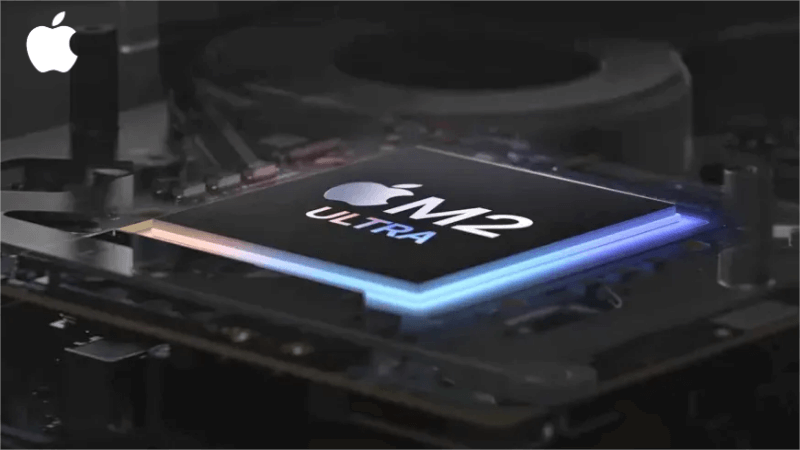
Apple M2 Ultra Chip release date
The highly sought-after Apple M2 Ultra processor is reserved exclusively for two devices: the Mac Studio and Mac Pro. However, it will only be available in the high-end configurations of the Mac Studio, guaranteeing exceptional performance and advanced capabilities.
The good news is that both devices are scheduled to be released in June 2023, so you won't have to wait long to experience the remarkable power of a Mac equipped with this superb processor.
Part 3. Apple iOS 18

iOS 18 release date: when does ios 18 come out?
During the WWDC 2024 event on June 5, Apple announced and showcased iOS 18. However, the worldwide rollout to iPhones is scheduled for the fall, most likely in mid-September. Historically, Apple has released iOS updates in September, with the exception of iOS 5, which was released in October 2011. It is expected that the release of iOS 18 will closely follow the iPhone 16 launch event. In recent years, there has been a consistent pattern:
- iOS 18: Tuesday, September 10, 2024
- iOS 17: Monday, September 11, 2023
- iOS 16: Monday, September 12, 2022
- iOS 15: Monday, September 20, 2021
- iOS 14: Wednesday, September 16, 2020
- iOS 13: Thursday, September 19, 2019
- iOS 12: Monday, September 17, 2018
Based on this pattern, it is predicted that iOS 18 will be launched in September 10, 2024.
iOS 18: New Features
iOS 18 will has a new interface for customizing caller ID.
Voice messaging now includes real-time text content viewing.
Messaging feature supports sharing real-time location.
Message input allows for voice-to-text conversion.
Enhanced search functionality in messages with a filter option.
Introduction of a new standby function.
Improved support for dropping files over the network separately.
Addition of a new "Handwriting" app.
Keyboard now offers more intelligent input association and auto-correction..
CarPlay now supports wireless music sharing from other users.
Users can directly wake up the voice assistant by shouting "Siri".
Part 4. MacOS 14 Sonoma
During the WWDC 2023 event, Apple unveiled its newest desktop operating system, macOS 14, which is named after another California town. This time, the operating system is called Sonoma, inspired by the beautiful wine country in Northern California.
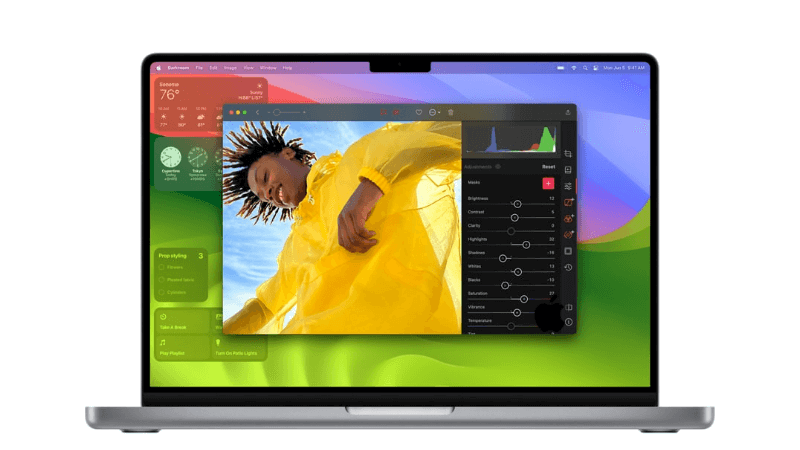
1. Desktop Widget
Users can drag and drop widgets onto the desktop.
2. More Upgrades about MacOS 14 Sonoma
New dynamic screensavers for an engaging visual experience.
Optimized video conferencing capabilities for improved virtual meetings.
Enhanced screen sharing functionality for seamless collaboration.
Optimizations to the Safari browser, delivering a smoother and faster browsing experience.
Introduction of a new web app for enhanced web-based functionality.
Death Stranding coming to the Mac platform.
Exciting news for gamers as Death Stranding is coming to the Mac platform, providing a new gaming experience for Mac users.
Part 5. AnyRecover: Best Data Recovery Software for iPhone and Mac- Get Your Lost Data Back
With the release of iOS 18, accompanied by the launch of the new iPhone, many individuals will encounter difficulties when attempting to transfer their data from their old phone to the new device. Some people may be afraid of losing their important data while changing to a new Apple device.
Anyrecover will be your best help. As an all-in-one data recovery software, it supports recovering data from windows, Mac and iPhone/iPad devices (iOS 18 supported). For those without a backup, AnyRecover provides a dependable solution for iOS data recovery. This efficient tool enables users to recover lost data even without a backup, proving invaluable when data is inadvertently lost during an iOS/Mac update. Also, if you are unable to open corrupted files, photos, or videos on your computer or iPhone, AnyRecover comes equipped with an "AI Repair" function to assist you in fixing damaged documents, blurry photos, or corrupted videos.

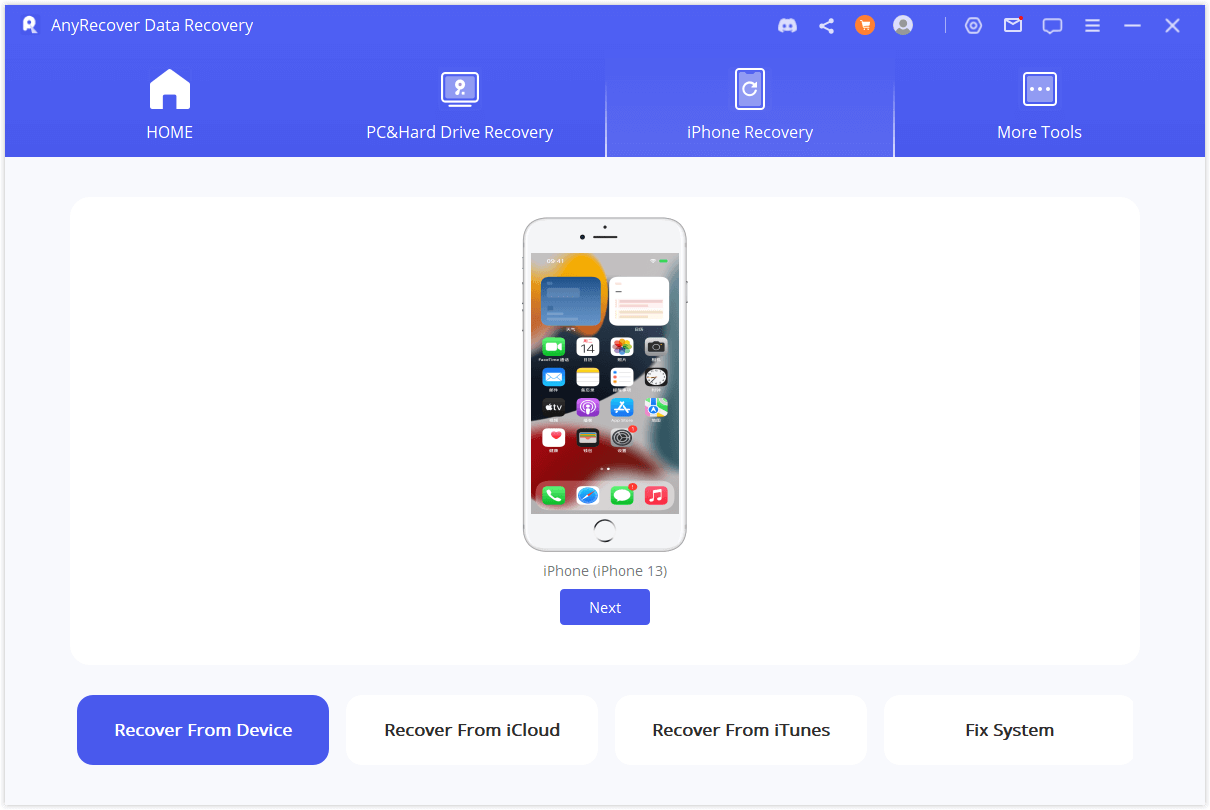
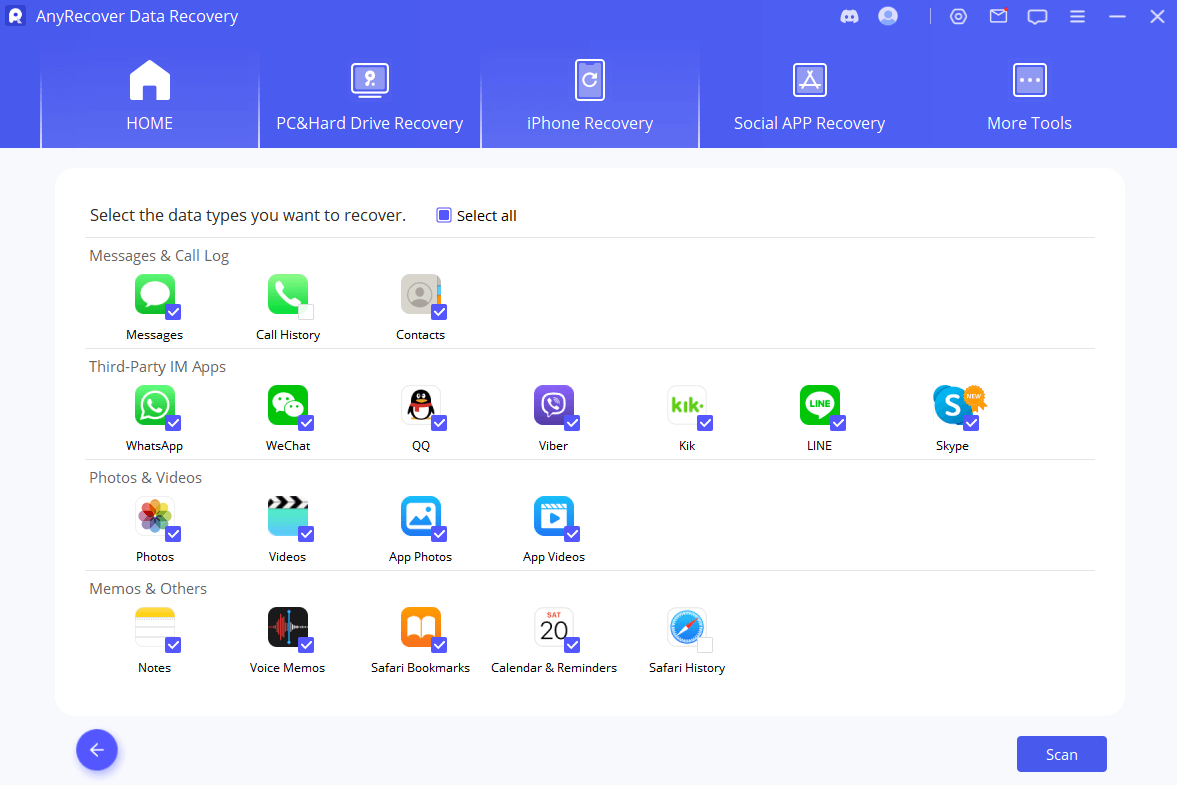
Step 3: Preview and Recover Lost Files
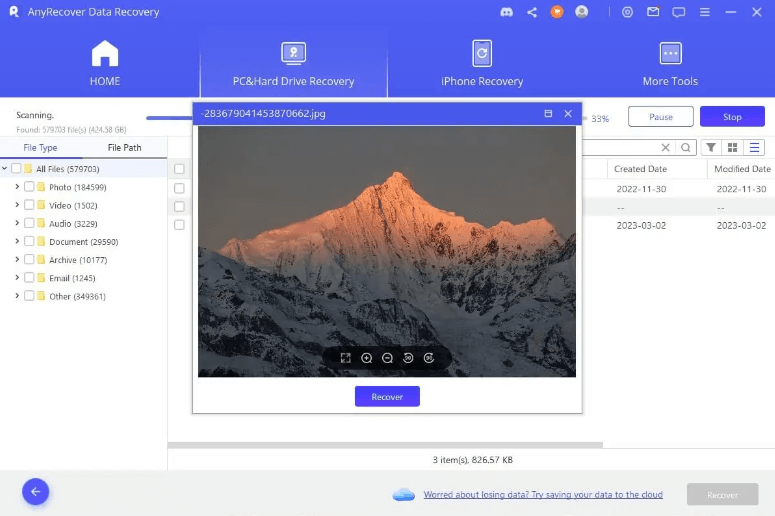
Conclusion
To stay informed and receive the latest updates, we recommend revisiting this article periodically in the lead-up to WWDC. We will consistently update it with the most recent news and developments to keep you well-informed.
If you missed WWDC23 press conference, you can watch the Apple WWDC 2023 again by clicking the link below.
Your best data recovery specialist
Recover deleted documents, pictures, videos, emails and other files in 1 click.
Related Articles:
- [100% Work] 5 Ways for Photo Vault Recovery on iPhone
- [7 Effective Methods] How to Get Back Missing Notes on My iPhone?
- Top 5 iPhone Photo Recovery Software in 2024
- iPhone Attempting Data Recovery: Causes, Solutions, and Data Recovery Methods
- Recover Deleted Text Messages iPhone Without Computer Or Backup
Time Limited Offer
for All Products
Not valid with other discount *

 Hard Drive Recovery
Hard Drive Recovery
 Deleted Files Recovery
Deleted Files Recovery

